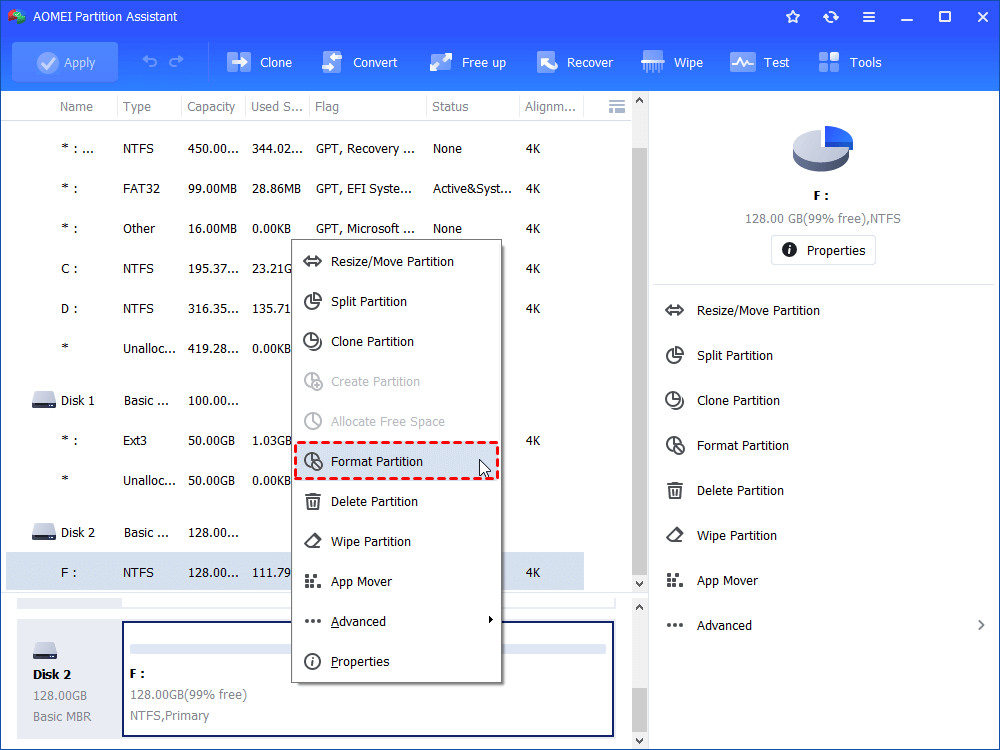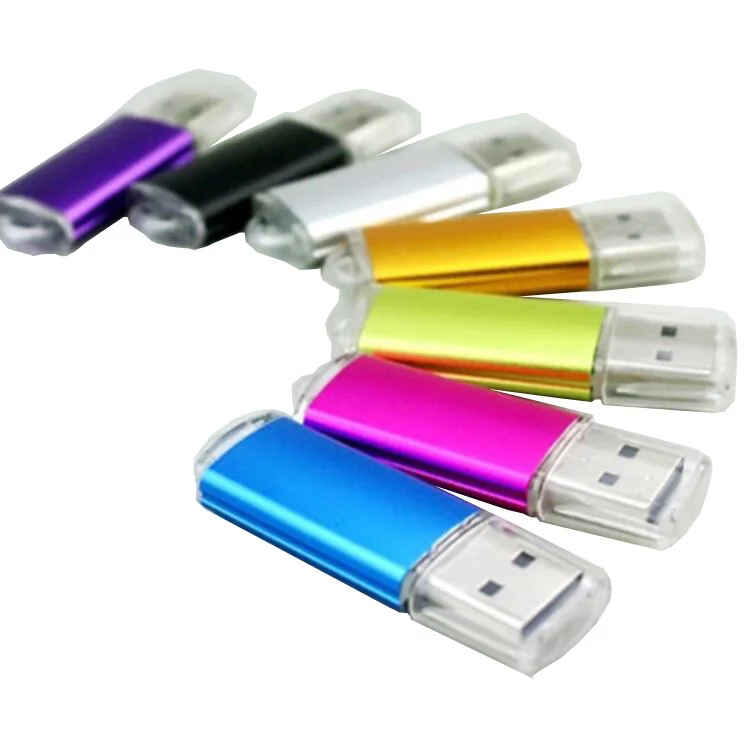
P:passes Zero every sector on the volume passes times.

Once this is done, we can finally format our USB device to FAT32 using the mkfs command which is the following: sudo mkfs.vfat -F32 /dev/sdb1. A common and easy way to format a USB drive to FAT32 is to make use of the File Explorer. This can be done by using the following command: sudo parted /dev/sdb -script - mkpart primary fat32 1MiB 100. N:sectors Specifies the number of sectors per track. Method 1: Format USB to FAT32 via File Explorer. T:tracks Specifies the number of tracks per disk side. F:size Specifies the size of the floppy disk to format (1.44) NTFS compression is not supported for allocation unit sizes Set FAT32 as the target file system, check 'Quick Format' and click Start to launch the format. Open File Explorer, locate and right-click the USB drive, and select Format. Right-click on the drive and select Format. Step 2: Launch the File Explorer and from it find the USB drive.
#Usb drive format fat32 windows 10
Step 1: Connect the USB drive or the desired external hard drive to the Windows 10 computer. A common and easy way to format a USB drive to FAT32 is to make use of the File Explorer. Set the drive letter and file system on USB. Right-click the USB drive you intend to format and choose 'Format'.
#Usb drive format fat32 download
Download and launch EaseUS partition software. Connect the USB drive or pen drive to your computer. The above requirements cannot be met using the specified Connect the USB drive to a Windows 10 PC. Method 1: Format USB to FAT32 via File Explorer. Guide: format USB to FAT 32 & NTFS Step 1. Note that the FAT and FAT32 files systems impose theįollowing restrictions on the number of clusters on a volume:įAT32: 65526 < Number of clusters < 4177918įormat will immediately stop processing if it decides that Windows should work with various sizes but your stick may not be read in some devices (ex dvd players or mp3 players or whatever) if the sector size is different than 512.Īt 32 GB, the default cluster size (group of sectors) is 32 KB, meaning 64 x 512 bytes in a cluster.Īs long as you keep the number of clusters within the limitations - 65526 512 bytes).įAT32 supports 512, 1024, 2048, 4096, 8192, 16K, 32K, 64K,

Here on this page, well discuss this issue and show you the complete procedure of switching the USB file system to FAT32 by formatting. However, some complained that Windows cant format USB as FAT32, and some didnt know why. You can specify sector size with the /A: command, but 512 is standard. According to some USB users, they may sometimes want to format their drives as FAT32.

(format x: as fat32, be quick about it, dismout drive letter if needed) Or, you could use the command line format tool. You could go in computer management > disk management and create two partitions on the usb stick, with one smaller than 32 GB, and format that as FAT32. Windows restricts FAT32 to maximum 32 GB, so if your stick is bigger than that, it hides the option and leaves just ntfs and exFat


 0 kommentar(er)
0 kommentar(er)
